ICSI & PGT Technique with NOVA IVF: Solving Reduced Ovarian Reserve & Chromosomal abnormality issue
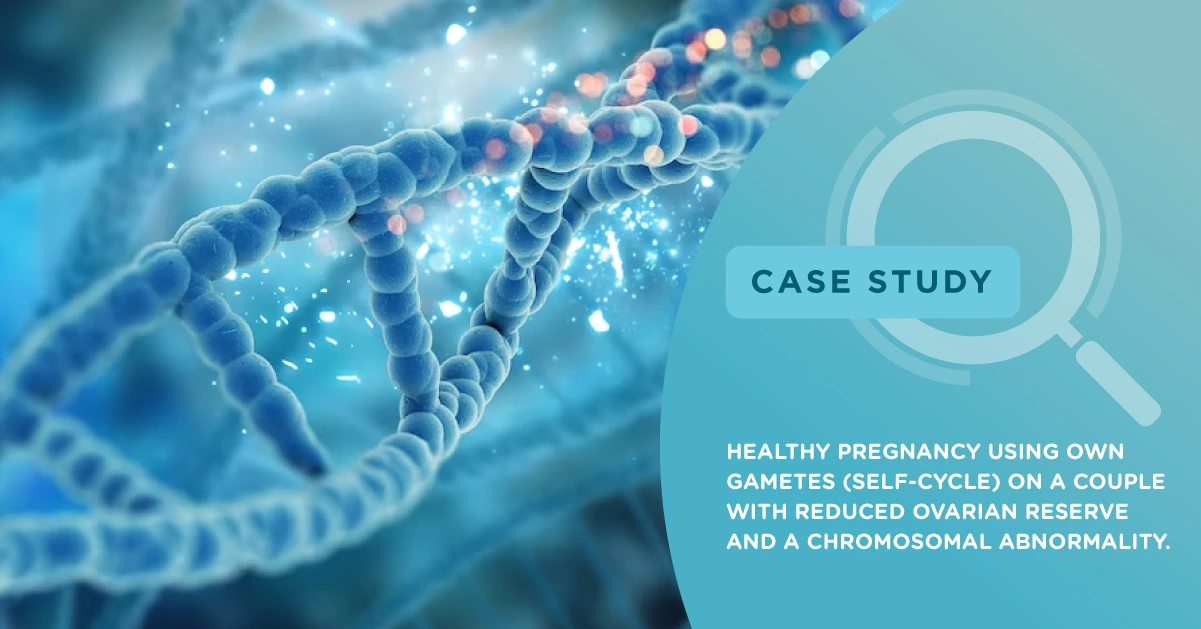
The couple named Mr. M aged 40 years and Mrs M aged 36 years were married for 11 years. They gave birth to first child with Downs Syndrome who is now 9yrs old. Were very apprehensive to plan 2nd pregnancy due to the fear of having one more baby with chromosomal abnormality.But when they planned for 2nd pregnancy 4yrs back , they have undergone multiple treatments which were not successful . When they visited the NOVA IVF Vijayawada center in 2022 to consult with Dr. Sreelakshmi Atluri, Fertility Specialist, they were recommended a set of fertility tests.
On the basic evaluation of both partners, the female was found to have decreased Ovarian reserve. We helped them overcome this issue by offering the right treatment using our best techniques and proper consultation.
Obstetric History of The Couple
The couple had a female baby from 1st pregnancy which is a natural conception. Female baby was born with Downs Syndrome (is a condition with extra 21st chromosome which results in ill development and low intellectual) and is 9 years old now.
Couple were so scared of having one more baby with risk of Downs Syndrome that they didn't plan for pregnancy until 4 years back. During these 4 years, they took multiple Ovulation induction cycles at various clinics and hospitals. They also underwent Diagnostic hysterolaparoscopy f/b 2 cycles IUI. But all these were unsuccessful.
Multiple Ovulation Induction Cycle
It is a process in which hormonal therapy stimulates egg development and its release. Drugs were designed to induce ovulation in women who did not ovulate on their own. The goal is to produce a single, healthy egg.
Ovulation induction is also done to increase the number of eggs reaching maturity in a single cycle to increase the chances of conception.
Diagnostic Hysterolaparoscopy
Diagnostic Hysterolaparoscopy is a procedure used to assess issues relating to infertility within the female reproductive system. Laparoscopy is performed to view and access the exterior of the uterus, ovaries, fallopian tubes and other structures within the pelvis. Hysteroscopy is performed to view the internal cavity of the uterus, identify abnormalities and perform certain corrective procedures. Hysterolaparoscopy becomes the “third eye” of the gynaecologist in the diagnosis of infertility
Moreover, the lady was diagnosed to have diabetes 1 year ago and was given oral hypoglycemic drugs(a drug which lowers sugar levels in the blood). The couple were exhausted in their search for the right fertility specialist. At last, they visited NOVA IVF Vijayawada in 2022 and consulted with Dr. Sreelakshmi.
Diagnosis And Evaluation
On diagnosing the female partner it was found that she had decreased ovarian reserve (when you have fewer eggs in your ovaries compared to woman your age). Her AMH level is 1 and AFC on the scan was 6-7.
Karyotyping (a test to examine chromosomes in a sample of cells. This test can help identify genetic problems as the cause of a disorder or disease) of the couple was found to be normal for both partners (female - 46 XX, male - 46 XY).
Counseling And Management
Couples were advised for ICSI with self-gametes and PGT (Preimplantation genetic testing) to select genetically normal embryos.
ICSI
Intracytoplasmic sperm injection is an in vitro fertilization (IVF) procedure in which a single sperm cell is injected directly into the cytoplasm of an egg. This technique is used to prepare the gametes for the obtention of embryos that may be transferred to a maternal uterus. With this method, the acrosome reaction is skipped.
Controlled ovarian stimulation is done to the female partner. Six eggs were retrieved and ICSI was done. Two day5 embryos were formed which were biopsied and were frozen. Biopsied samples were sent for PGT A.
What is PGT?
Preimplantation genetic testing (PGT) is an advanced test usually done to identify genetic abnormalities in embryos created through IVF / IVF-ICSI. This test allows the fertility specialists to choose the embryo devoid of abnormalities to ensure the baby is healthy with no chromosomal abnormalities. This also reduces the chances of the baby not being a carrier of genetic disease in their future generations.
It takes atleast 2 weeks for the results of biopsy to come in and then based on the results the transfer of embryo is planned.
There are 3 types of PGT which are PGT-A, PGT-SR, PGT-M.
PGT – A: Preimplantation genetic testing for Aneuploidy- Screens for additional, abnormal or missing chromosomes .It is generally performed, when couples have prior pregnancy with chromosomally abnormal baby or had recurrent pregnancy losses (miscarriages) or multiple unexplained failed IVF cycles.
PGT- SR: Preimplantation genetic testing for structural rearrangements -Screens for chromosome rearrangements like chromosome inversions and translocations.
PGT – M: Preimplantation genetic testing for monogenic disorders -Screens for a specific inherited genetic disorder Eg: Cystic fibrosis, sickle cell anemia, Thalassemia, Haemophilia, Huntington disease , Cancer causing genes like BRCA 1 & 2.
Results
Out of 2 embryos formed , 1st was euploid (genetically normal). And the second embryo was a complex Aneuploid (having an abnormal number of chromosomes ).
In the subsequent cycle endometrial preparation was done to the female partner and the Euploid embryo was transferred. Finally, the lady conceived, and they have a healthy baby now. This is how they overcame the issue and welcomed their child. You too can find a solution to your problem and get it treated with our fertility specialist Dr. Sreelakshmi Atluri at our NOVA IVF center in Vijayawada.
 Infertility Counselling
Infertility Counselling Female Infertility Treatment
Female Infertility Treatment Andrology Treatment
Andrology Treatment Fertility Enhancing Surgeries - Female
Fertility Enhancing Surgeries - Female Fertility Enhancing Surgeries - Male
Fertility Enhancing Surgeries - Male Endoscopy Treatment
Endoscopy Treatment IUI Treatment
IUI Treatment IVF Treatment
IVF Treatment ICSI Treatment
ICSI Treatment Advanced IVF Solutions
Advanced IVF Solutions Embryology
Embryology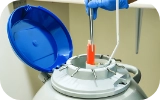 Vitrification Egg, Embryo, Sperm Freezing
Vitrification Egg, Embryo, Sperm Freezing Preimplantation Genetic Testing (PGT)
Preimplantation Genetic Testing (PGT) Donation Program Embryo / Egg / Sperm
Donation Program Embryo / Egg / Sperm




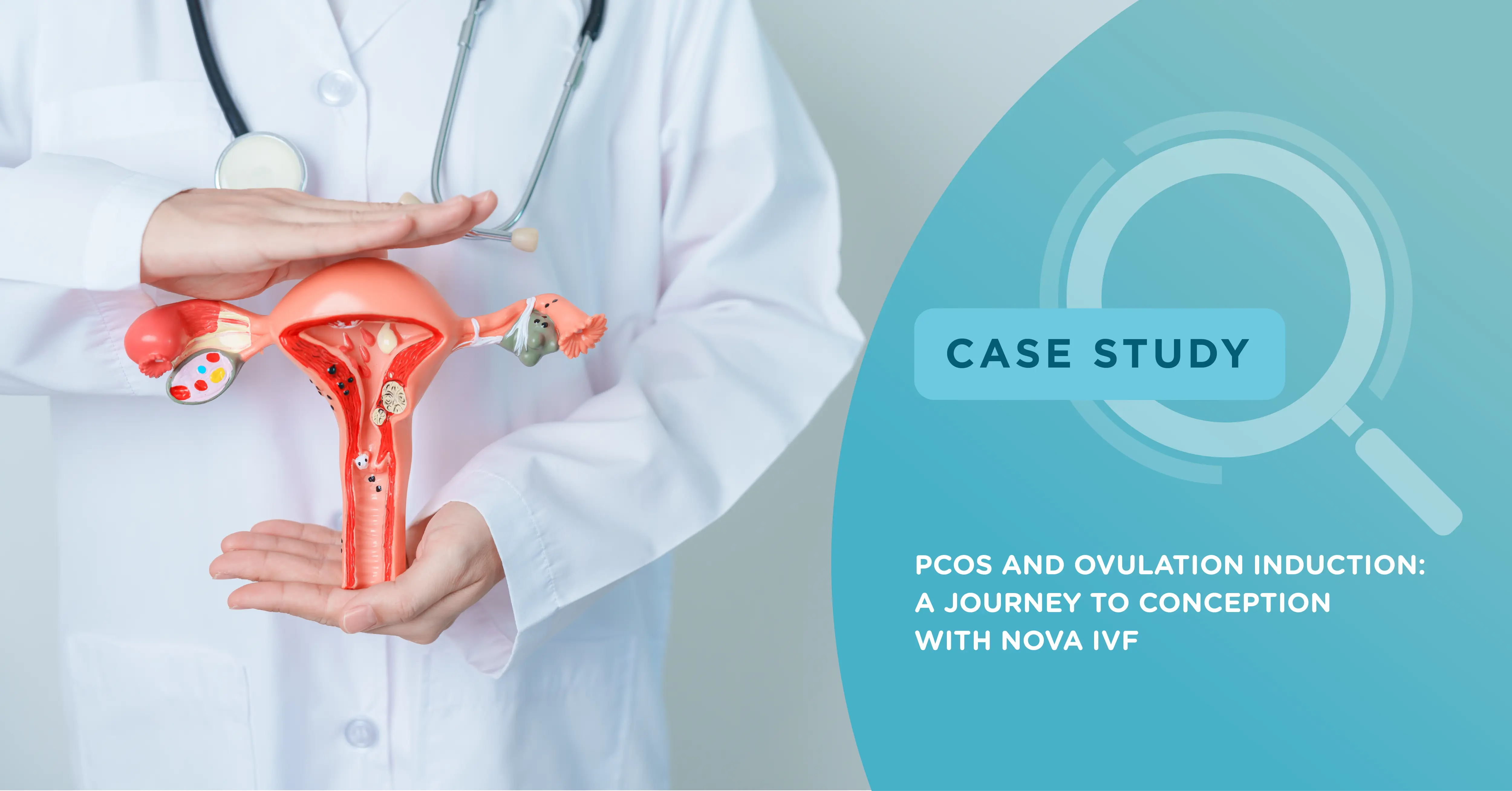

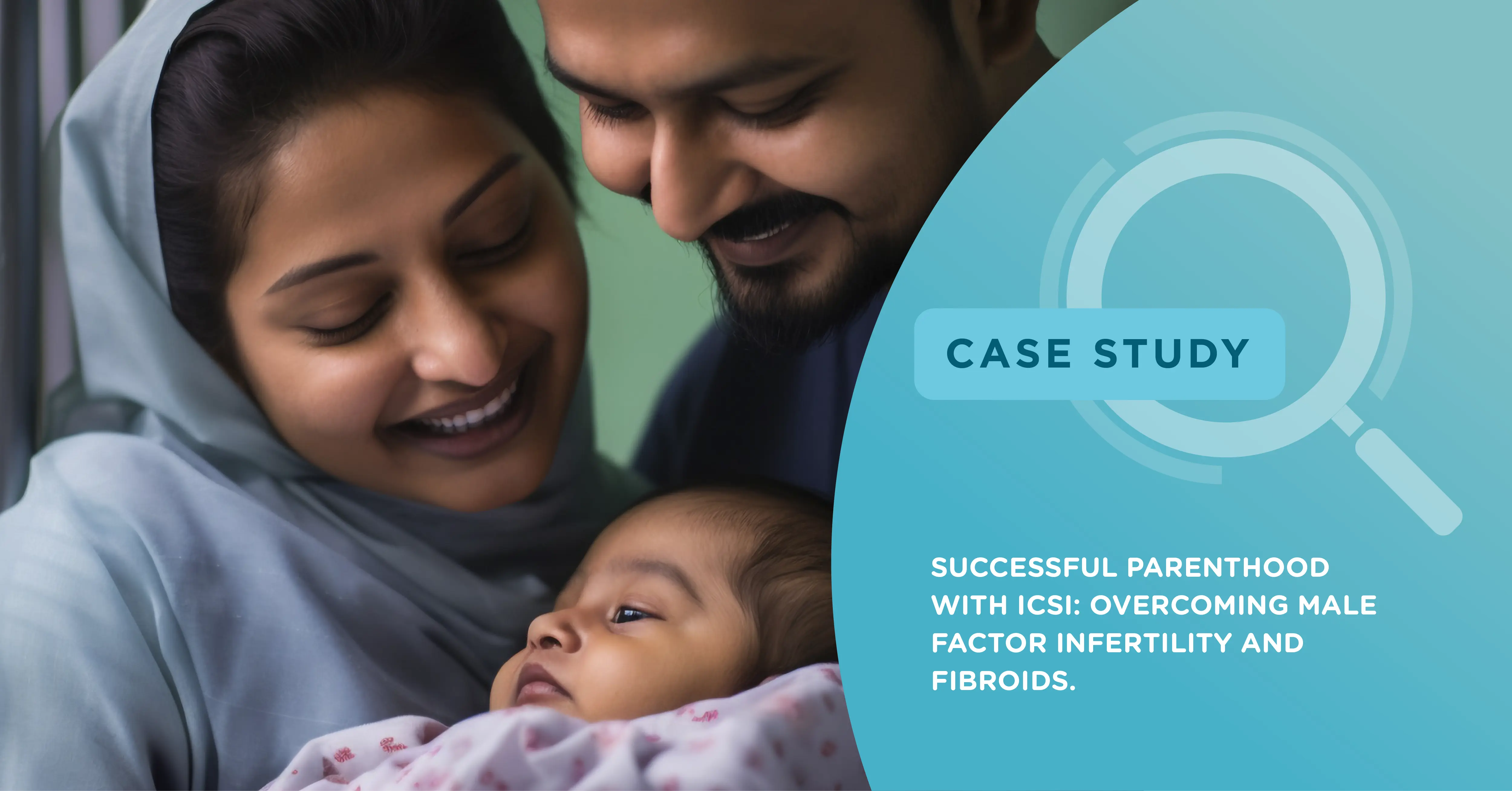
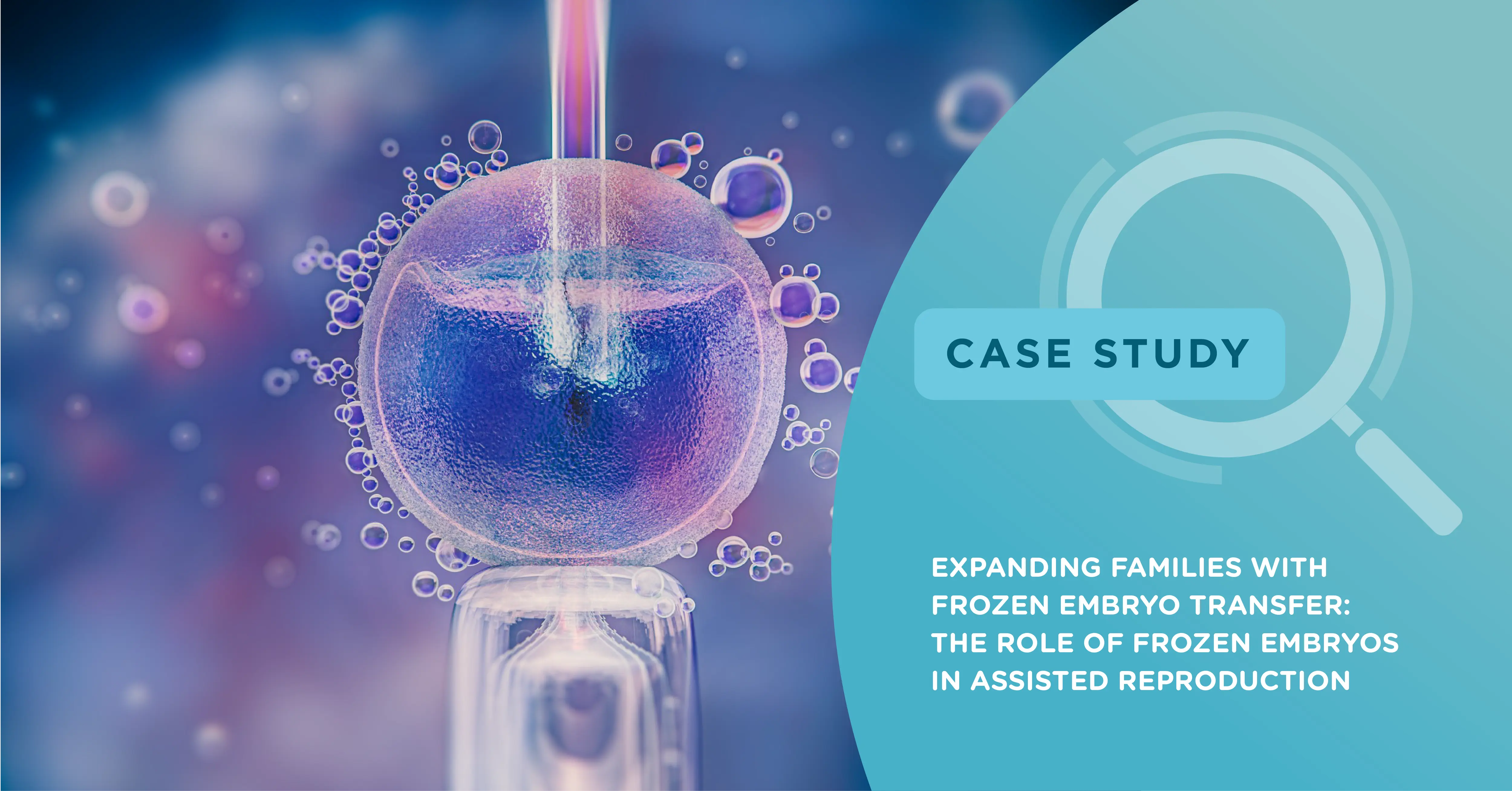


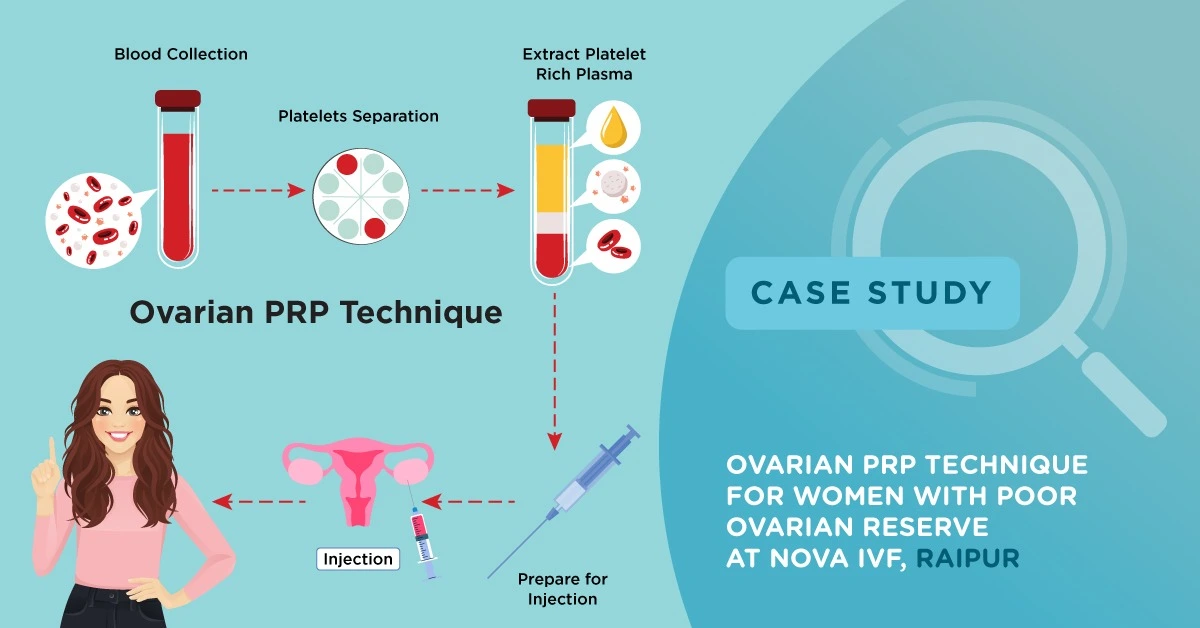



Add new comment